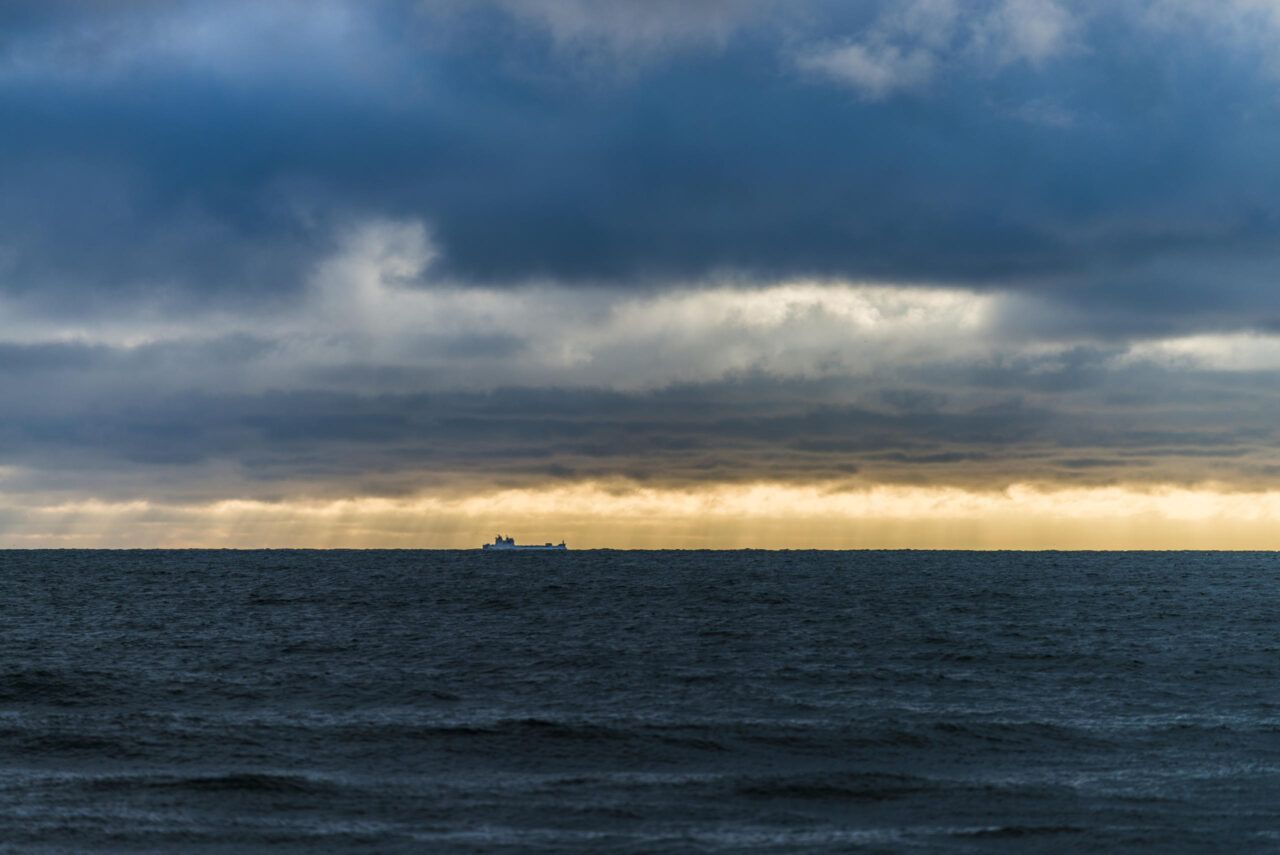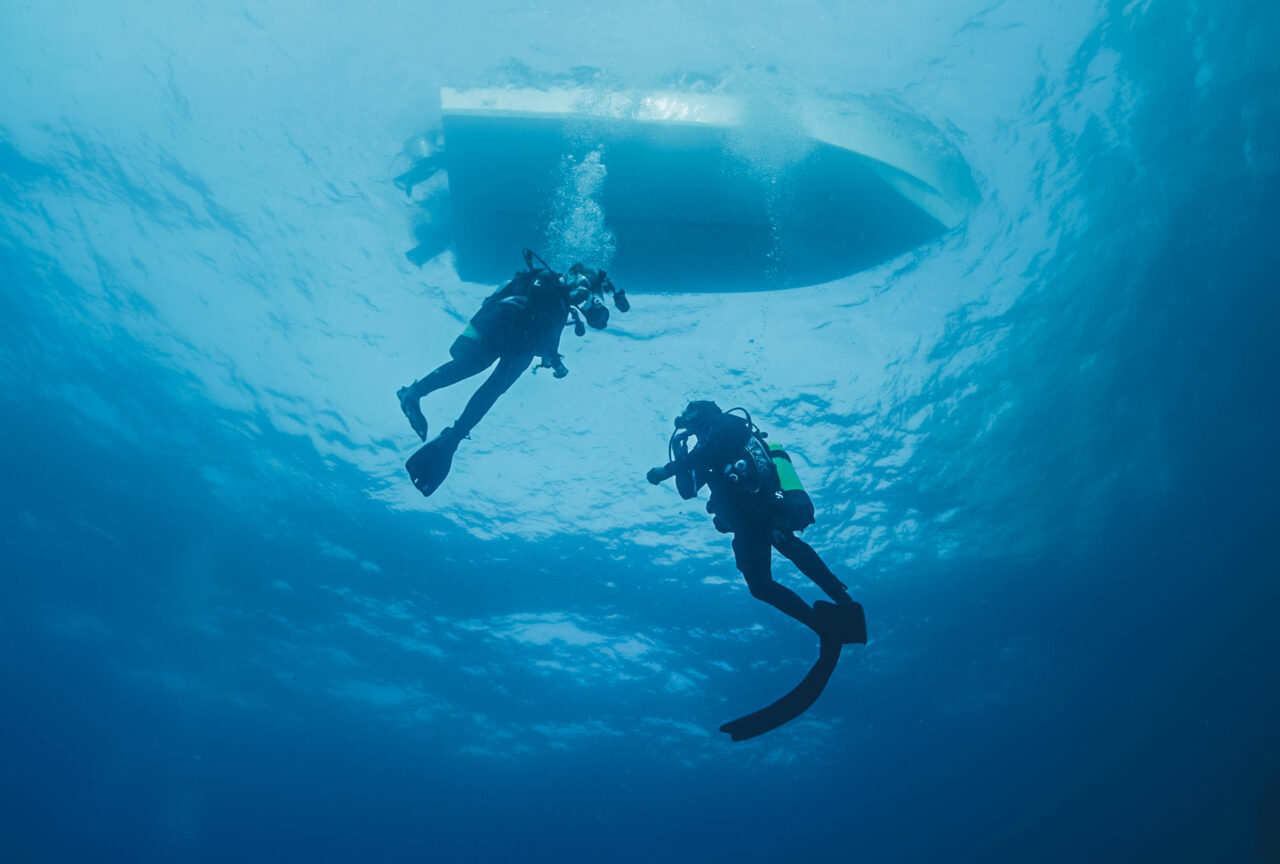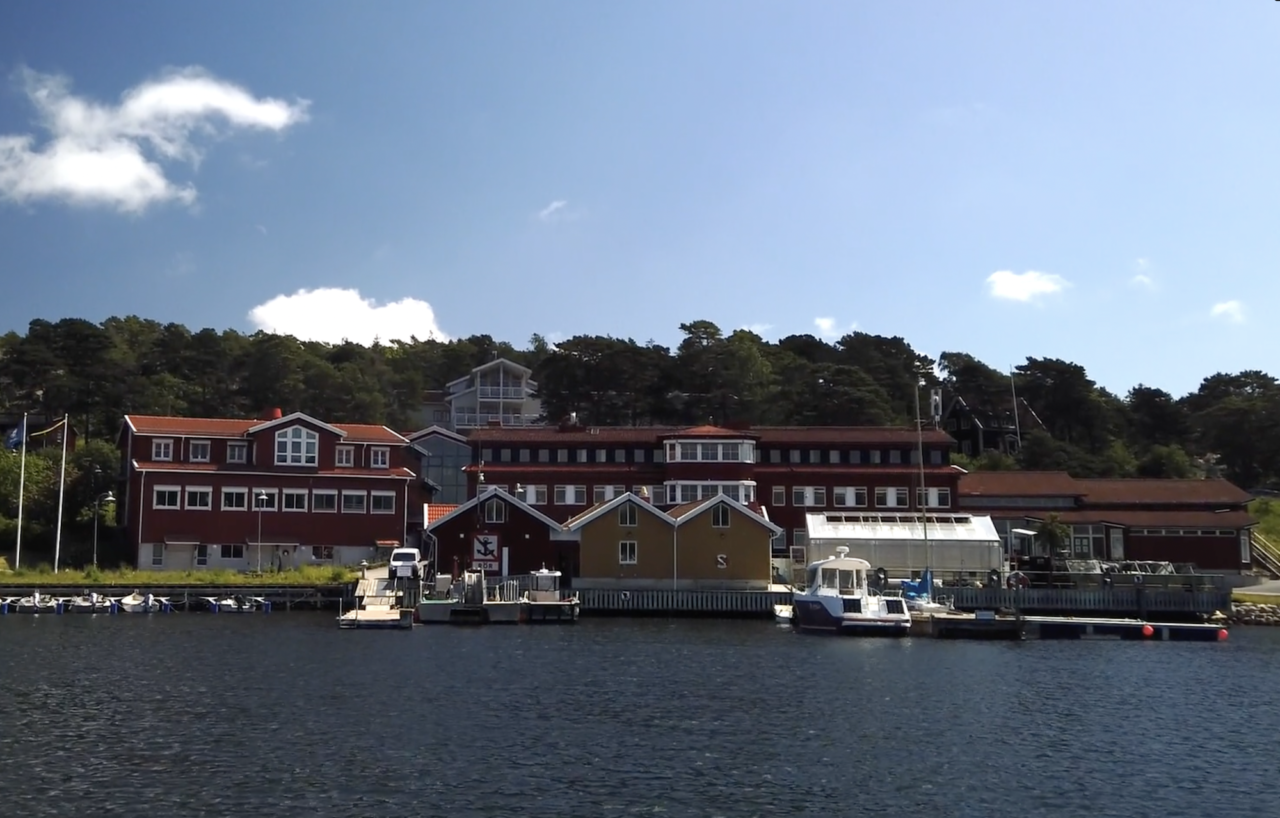We know extremely little about what the seabed looks like. Studying and mapping it is difficult, sometimes impossible and it is certainly expensive. But a researcher in Australia has used sea lions to help map large areas.
Nathan Angelakis attached small lightweight cameras to eight Australian sea lions (Neophoca cinerea) and obtained 89 hours of film.

The analysis of the video clips was complicated, with computer programs categorizing the seabed, time-matched with GPS logs, and combined with habitat and environmental data. When all was done, Nathan Angelakis had mapped over 5000 square kilometers of seabed, never before explored by anyone.
There were two main reasons for using sea lions to map the seabed. First, they can cover large areas in a short time and access environments that are difficult for humans to reach. In addition, Australian sea lions are endangered, and the study has also been able to identify habitats and important areas for them. This information could be crucial in helping to conserve the population.

But the project also provided a unique insight into the importance of different marine environments from the predators’ perspective. In the past, environments have been assessed from an anthropocentric (human-based) perspective. This opens new opportunities for us to better understand the world’s oceans.
– Improving our understanding of how seafloor habitat’s function, and how human activity may change them, will be crucial if we are to protect these vital ecosystems in the future, says Nathan Angelakis.




